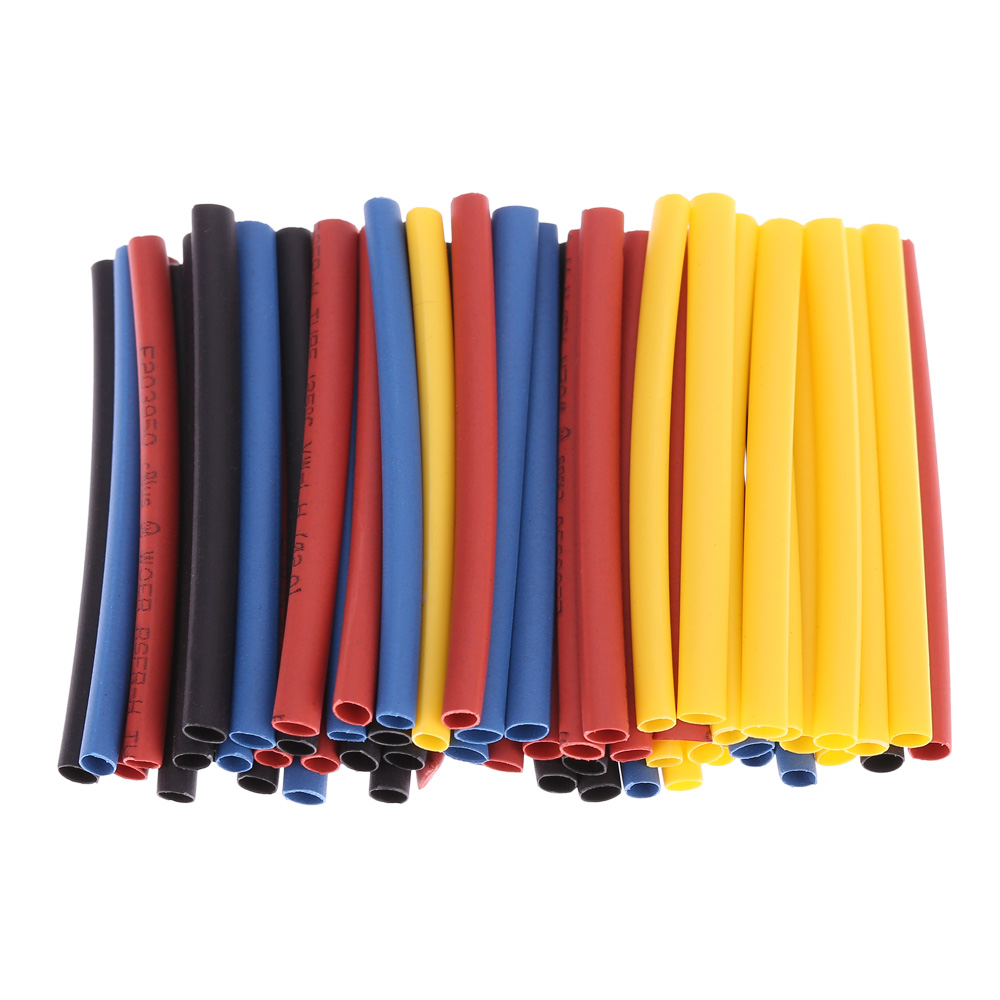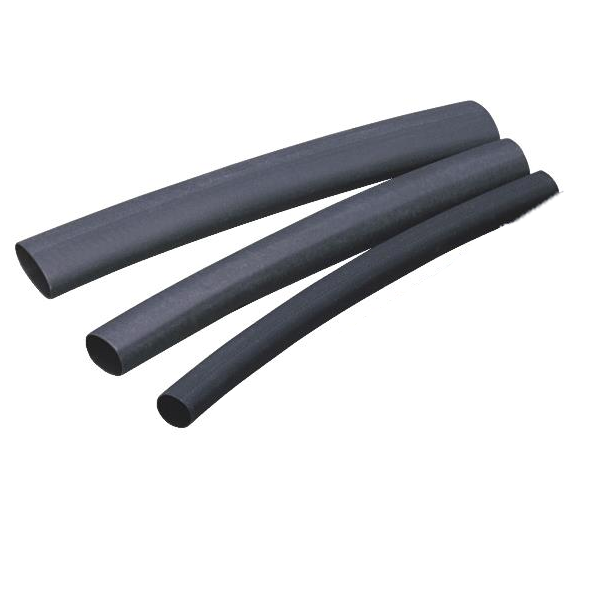


Provide electrical insulation (wire repairs, splices, covering terminals, other connectors, etc.).Some of the specific ways you can use heat shrink tubing include: Since it was developed in the 50s, electrical shrink tubing has become highly sought after for the insulating properties and commonly used for electrical related projects. He made use of radiation chemistry (which is what the company is named for) to create the two main products the company is best known for:Įven though Raychem was the company that created the original heat shrink polymers, today, an array of manufacturers sell them. It was created by the Raychem Corporations engineer founder Paul Cook. Heat shrink tubing hit the market in the 1950s. Keep reading to learn more about our bulk heat shrink tubing options and applications. Not only is it pretty cool in how it works, but it’s also an invaluable tool to have on-hand.

Have you ever used this impressive item? If not, you need to. For example the air conditioner, laundry detergent, and even zippers.Īnother invaluable invention is heat shrink tubing. The innovation and creativity of people across the globe has led to an array of amazing inventions that you probably can’t imagine life without. What is Heat Shrink Tubing and How is it Commonly Used? It has several useful applications, including providing electrical insulation for wires, splices, terminals, joints, connections, and bundling loose items including wires and used as a protective covering. Heat shrink can be found in an array of materials that suit virtually any application. Restricted Bundle Security Loop Cable Ties.Avery Dennison® Cable Tie Adhesive Mount.Black PVC Coated Stainless Steel Cable Ties.Always apply heat indirectly, back and forth across tubing. Q: What Temperature is Heat Shrink?Ī: The recommended temperature required to shrink common polyolefin heat shrink is around 90☌/194☏. BuyHeatShrink® carries tubing varieties that are flame retardant, single wall, adhesive lined (dual wall), ultra thin wall, extreme heat and chemical resistant, abrasion resistant in material-types, such as polyolefin heat shrink tubing, fluoropolymer (PVC, FEP, PTFE, Kynar® PVDF), chlorinated polyolefin (Neoprene®) and highly flexible elastomer (Viton®) heat-shrinkable tubing. Further, to promote an electrical connection between multiple conductive objects joined by tubing, a conductive polymer film may be added, which does not require soldering. The resulting seal is so strong that it protects against moisture and may even be waterproof.

These polymers cover most of the anticipated need for heat shrink insulation, but when a tighter seal is required, an adhesive lining is applied to the interior to promote the tightest possible bond with internal materials. Q: What is Heat Shrink Made Of?Ī: Heat shrink tubing may be formulated using any number of thermoplastics, but polyolefin, polyvinyl chloride (PVC), Viton® (for high-temp and corrosive environments), Neoprene®, polytetrafluoroethylene (PTFE), fluorinated ethylene propylene (FEP) and Kynar® are the most common. Other names for heat shrink include: shrink wrap, shrink band, shrink tubing, heat shrink sleeve, heat shrink sleeves, and heat shrinkable tubing. Heat shrink is ideal for all stranded and solid wire conductors, connections, joints and terminals commonly found in electrical work. By creating an additional layer of protection for wires, heat shrink ensures the longevity of the wiring work and the safety of the user. The tight seal, created by shrinking the insulating plastic, provides long-term abrasion resistance and protection from environmental harm. A: Heat shrink tubing is shrinkable plastic tubing primarily used to insulate wires.


 0 kommentar(er)
0 kommentar(er)
